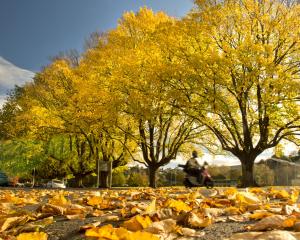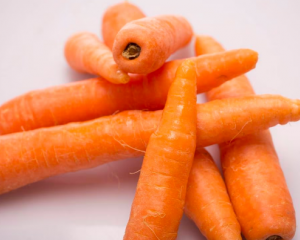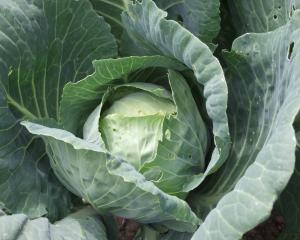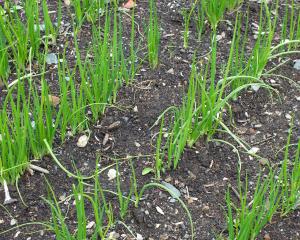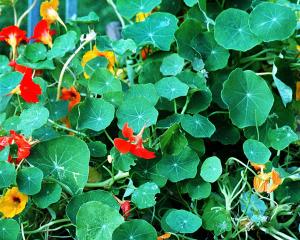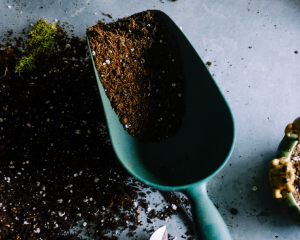Vegetables
Lettuces are thought of as a summer vegetable but seed of the hardy loose-leaf types, such as old French variety Merveille des Quatre Saisons, can be sown under cloches or under glass now to make slow growth until longer days and more sunshine return. The soil must be well-drained and supplied with plenty of organic material because lettuces are gross feeders.
Cloches are commercially available but you can make your own with heavy plastic attached to a wooden frame. Alternatively, find a sunny position and shelter lettuces from cold winds.
Flowers
Organic material accessible to urban gardeners is limited. Untreated sawdust is a source of plant food, especially on heavy clay soils, and can be used as a mulch between rhododendrons, azaleas and camellias. Sawdust is not well-balanced, though, and putting it on the flower garden can do more harm than good, as it locks up large quantities of nitrogen as it decomposes.
Nitrogen-rich fertiliser may be added, but when the nitrogen in the sawdust is finally unlocked, levels in the soil then are likely to be too high, signalled by sappy, weak plants.
The best use for sawdust for general garden purposes is putting layers in the compost bin, watering it well then sprinkling a layer of poultry manure, sulphate of ammonia or dried blood on top. Mixed with other ingredients in the compost bin, sawdust does make a useful addition to the humus supply of the garden. Autumn leaves, straw, grass clippings and pine needles are other useful forms of organic material which should be broken down in the compost heap, where fungi, bacteria and enzymes convert the material into rich plant food.
Cardiocrinum giganteum, formerly known as Lilium giganteum, comes from the Himalayas and has thick, straight 3m high stems with long, narrow, heavily scented flowers. Grown from seed, it takes about five years to flower but is worth the wait.
Once considered only for rockery use, alpine bulbs can be used widely in the garden. Hoop petticoat daffodils (Narcissus bulbicodium and N. cantabricus) look best when grouped and will gradually spread out if well-spaced when planted; Anemone fulgens produces scarlet flowers in late spring; Chionodoxa, or glory of the snow, flowers in late August and September; while Eranthis, or winter aconite, is the earliest of all, with bright yellow flowers set in a circle of shiny green leaves. It belongs to the buttercup family and is grown from a tuber.
Dog’s tooth violets (Erythronium dens-canis) come in a range of colours and prefer shaded positions with plenty of leaf mould in the soil. Miniature bulbous irises are attractive spring flowers. Iris reticulata, flowering in late winter, grows about 15cm tall, with flowers in blue shades from the pale Cantab to violet JS Dijt.
Fruit
This year, as well as costing more than last season, fruit trees are expected to be in short supply. If you have not ordered new apples, pears, plums, cherries and apricots, and prepared the ground for them, do not delay.
As well as trees, soft-fruit shrubs, plants and canes are available now.
Older gooseberry varieties, susceptible to an American mildew, inadvertently introduced in 1984, have almost disappeared but two English-bred gooseberries, Invicta and Pax, are resistant to the disease.
Raspberries, blackberries, boysenberries and other brambles can be obtained in thornless forms, while cranberries and blueberries bred for New Zealand conditions are tasty additions to the home garden.


